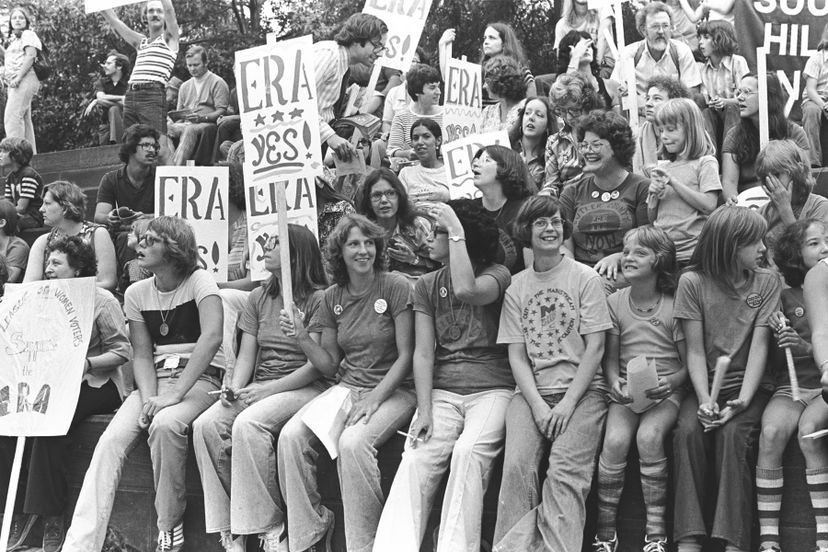
Mention women's lib and images of angry women swinging their bras overhead like lassos and then setting the offending garments on fire likely comes to mind. There's just one problem: Women didn't really burn their bras as part of the women's liberation movement in the 1970s. Bra burning, it turns out, is another one of America's longstanding clichés.
Before the 1968 Miss America Pageant, most Americans had never heard of the women's liberation movement. But on Sept. 7, 1968, a protest outside the Miss America Pageant at the Atlantic City Convention Center drew the nation's eye. As millions of viewers tuned in to watch the pageant, they witnessed nearly 400 women carrying signs reading "No More Beauty Standards" and "Welcome to the Cattle Auction" as they decried the concept of beauty contests.
Advertisement
At the center of the commotion was the "Freedom Can," a trash receptacle into which women threw high heels, girdles, dish detergent, curlers, Playboy magazines and bras, calling them "instruments of female torture." Although the protesters intended to burn the items, they were unable to obtain a fire permit. In the end, no bras ever went up in flames.
But that didn't stop the protestors from earning a nickname that would stick well into the 1970s and beyond: bra burners. The term was coined by reporters covering the women's liberation protest, who compared the women's liberation movement to anti-war protesters who burned draft cards and flags. Specifically, a story in the New York Post referred to bra burning during the protest [sources: American Experience, Greenfieldboyce].
The New York Post reporter, long assumed to be a man bent on trivializing the protest, was eventually discovered to be a woman. In the 1990s, Lindsy Van Gelder admitted she'd given the "bra burning" term its start. She tried to bolster the movement's validity by comparing it to the Vietnam War protests and writing about the "Freedom Can" was her way of saying that the women's liberation movement was the equivalent of men burning draft cards in protest of oppression. The nuances of the comparison were missed, however, when a headline writer used "bra burning" -- an image that was perpetuated many times throughout the ensuring decades [source: Levy].
While it's possible small protests that occurred during the 1970s may have included the occasional bra burning, it was never an official part of the women's liberation movement. Widespread bra burning in the 1970s seems to be nothing more than a myth.
Advertisement


